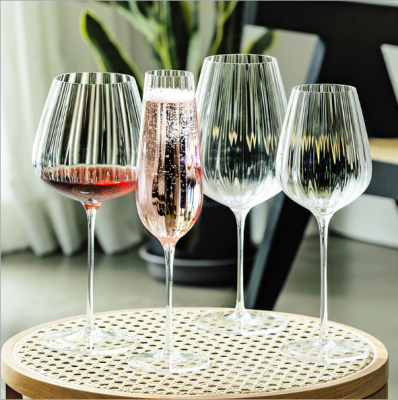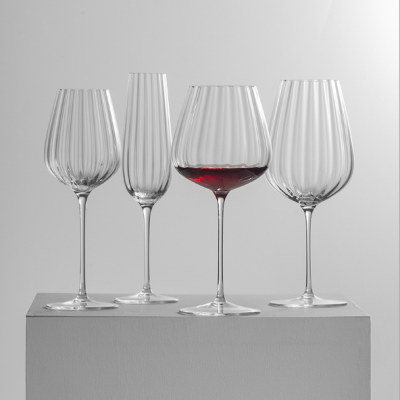What kind of glass should I choose when drinking champagne?
Champagne is always a must for party celebrations. Whether it’s an explosion or a dream bubble, it’s fascinating. However, enjoying champagne is not that simple. In addition to serving temperature, you also need to choose the right glass for it. While it is possible to taste champagne in a regular glass, encountering the right glass can enhance the tasting experience. So, what kind of glass should you choose when drinking champagne?
Flute
Delicate flutes have always been the goblets for champagne. This wine glass is small and slender, which not only looks pleasing to the eye, but also allows us to watch the bubbles in the champagne rise. Its slender stem prevents the hand from heating the wine, while the narrow mouth reduces the contact area between the wine and the air so that air bubbles don’t disappear too quickly. However, if the mouth of the cup is too small, it is not conducive to the release of aroma to some extent, and it is not conducive to smelling the aroma. Despite its flaws, the flute is still the go-to glass for many people to drink champagne.
Tulip Cup
As the name suggests, the tulip cup is shaped like a tulip and has the same elegant charm. Compared with the above-mentioned flute-shaped cup, the mouth of the cup is slightly larger, but not too large, which can not only gather the aroma, but also facilitate the smell. Although the body of the cup is not as slender as the flute cup, it is still enough to provide enough space for the churning bubbles to rise, and the stem of the cup is also convenient for the taster to hold and shake the cup. Today, more and more people tend to choose the tulip glass to taste Champagne, especially the more subtle and complex Vintage Champagne (Vintage Champagne).
Yes, white wine glasses can also be used to taste champagne, and they are recognized and respected by many professionals. This approach may seem trivial, but it actually makes sense. The belly and mouth of the white wine glass are relatively large, which is conducive to the contact between the wine and the oxygen, so as to release the aroma completely, and it is also convenient to penetrate the nose into the wine glass to smell the aroma. For some of the finest champagnes with complex yeasty autolyzed aromas, a white wine glass may be a better choice to show off the flavor profile.

















